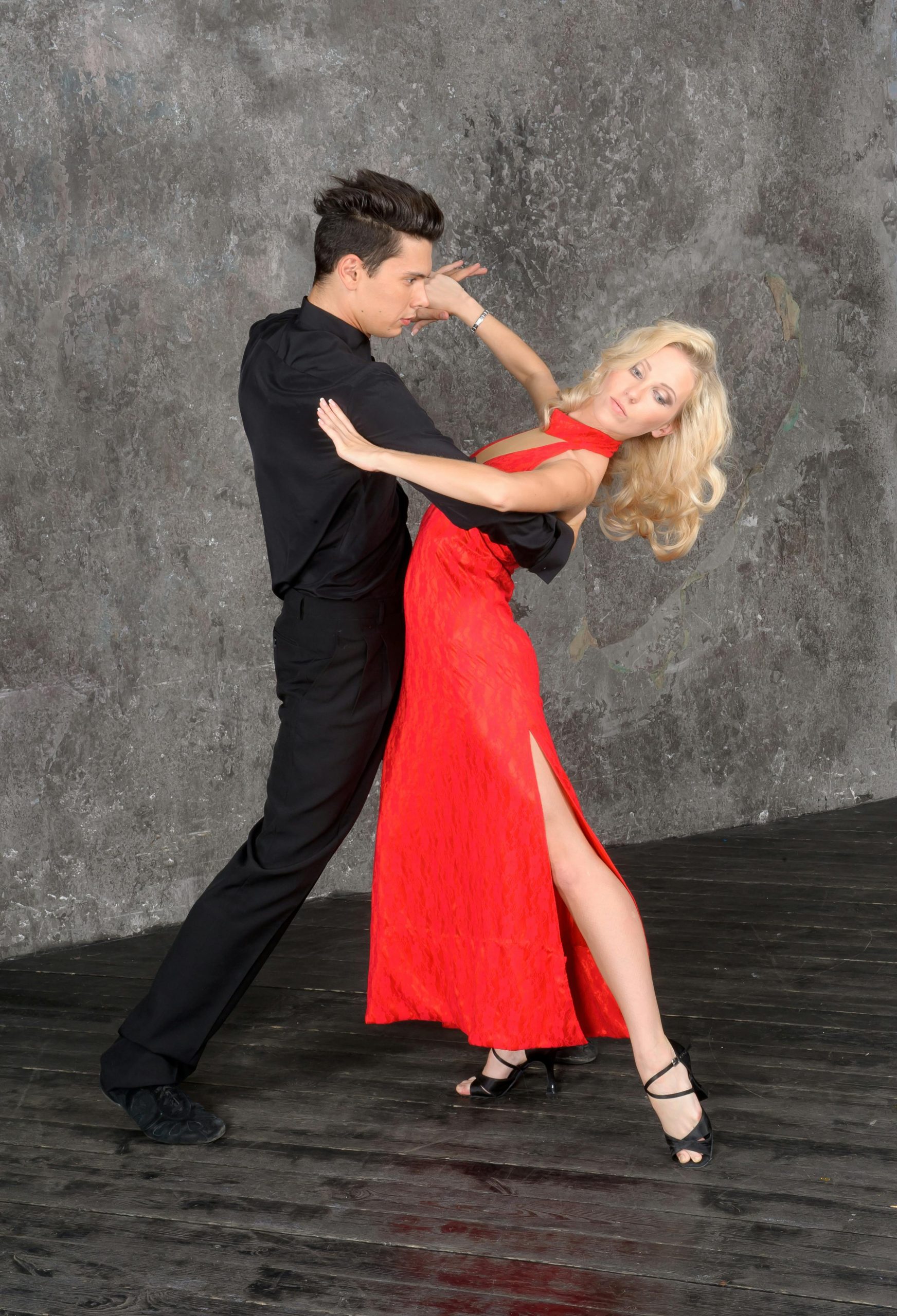Introduction
Traditional clothing often serves as a canvas upon which societies have historically expressed their ideals, including those related to gender dynamics and expectations. Across different cultures, traditional attire has not only reflected but also reinforced gender norms, presenting a fascinating intersection of fashion, identity, and social dynamics. This article delves into the complex relationship between gender dynamics and traditional clothing, exploring how these garments have both shaped and been shaped by societal views on gender and how contemporary perspectives are challenging and redefining these long-standing norms.
The Traditional Tapestry of Gender Dynamics


Historically, traditional clothing has been a marker of gender, with distinct garments designed specifically for men and women, each carrying symbolic meanings and societal expectations.
- Symbolism and Segregation: In many cultures, traditional male attire has emphasized attributes such as strength, authority, and protection, while female garments have often highlighted beauty, purity, and modesty. This segregation in clothing styles mirrors the broader division of gender roles within society.
- Functionality vs. Ornamentation: Traditional male clothing has frequently been designed for functionality and comfort, aligning with roles outside the home. In contrast, women’s attire has often prioritized ornamentation and aesthetic appeal, reflecting domestic and ceremonial roles.
Contemporary Challenges and Changes in Gender Dynamics
In recent years, there has been a growing movement to challenge and reinterpret the gender-specific nature of traditional clothing, reflecting broader shifts in societal attitudes towards gender fluidity and equality.
- Breaking Boundaries: More individuals are choosing to wear traditional garments not prescribed by their gender, challenging the historical segregation of clothing styles. This shift not only questions traditional gender roles but also highlights clothing as a form of personal expression beyond societal expectations.
- Inclusivity and Redefinition: Designers and cultural practitioners are increasingly exploring unisex traditional garments or adapting them in ways that blur the traditional gender distinctions, promoting inclusivity and offering a broader range of expression.
The Role of Cultural Preservation and Evolution
As societies evolve, so too does the significance attached to traditional clothing, including its role in reinforcing or challenging gender norms.
- Cultural Preservation: While it’s essential to preserve the heritage and symbolism embodied in traditional clothing, there’s also a growing recognition of the need to reinterpret these elements in ways that reflect contemporary values, including gender equality and inclusivity.
- Evolution of Traditions: The gradual changes in how traditional attire is worn and perceived illustrate that traditions are not static but evolve, adapting to new societal norms and values while retaining their cultural significance.
Conclusion
The interplay between gender dynamics and traditional clothing offers a unique lens through which to examine broader societal attitudes toward gender. As contemporary discussions around gender become more nuanced and inclusive, the way we view and engage with traditional attire is also transforming. This evolution highlights the potential of traditional clothing to serve as a vehicle for expressing a wider range of identities and challenging outdated norms. In embracing the diversity of gender expressions, the world of traditional clothing is not just preserving the past but also paving the way for a more inclusive and equitable future, where attire is celebrated as a rich tapestry of human identity, free from the constraints of traditional gender roles.

